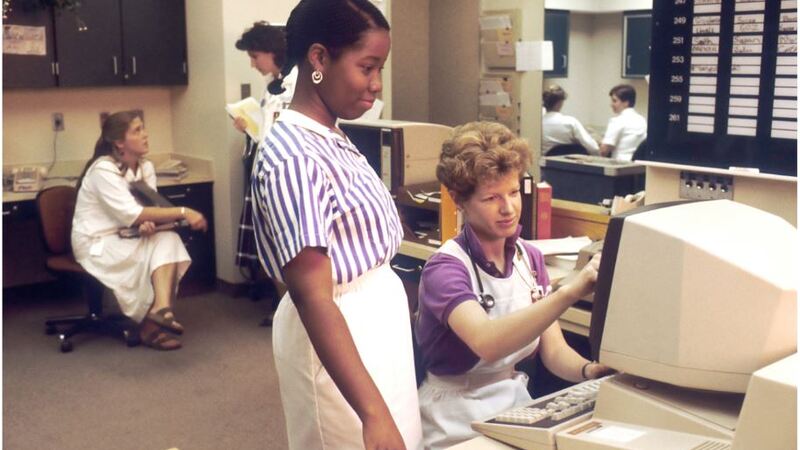Query handling: RPA helps effectively in the healthcare process
by: 11/10/2020 Source: Mobifilia

Query Handling by N/A is licensed under unsplash Unsplash
Queries may vary from basic ("How long should I take this medication?") to tricky ("Is this medicine safe for someone in my situation, which can be easily aggravated?") in the healthcare environment. It would be unfair to expect non-medical staff to answer such questions on the fly, such as a call center executive. Even Google can do so much, and even then, there's a reasonable risk that untrained support can be deadly.
RPA can assist here—Software bots can be used to scour through the medical history of the caller's, draw associations with drugs and their consequences, and quantify the likelihood of a drug combination having a counter-productive outcome. When idle, the same bots can then be reused to trawl through a database searching for markers of other causes and effects between various conditions and/or their treatments. These findings can be guided to R&D workers, or to the doctors, where they can be applied, studied and improved. The advantages of RPAs are very impressive and are certainly worth the time and money needed for their incorporation with the healthcare sector.
- There is a lot of personal data, information about illnesses and medicines on prescription as well as which treatment the patient is going through. The information is sensitive and needs to be protected. But dealing with so much data can also be a long task while creating databases and performing queries to extract and operate on that data.
- RPA software can help record, analyse and interpret all this data for healthcare services. They can generate and optimize their operations, offer treatments with better success rates, diagnosis techniques and recovery time based on insights from the analytics.
- Electronic Health Records (EHRs) are used increasingly in the hospital and outpatient settings, and patients are amassing digitized clinical information. As patient records make the shift from paper to digital format, many of the traditional organizational conventions of the paper chart are preserved, such as chart “sections” and labelled “tabs” for easier data browsing. There has been much debate as to the relative benefits of old and new ways of organizing patient data [1, 2]. On the one hand, the traditional format is likely to lower adoption barriers and still maintain some of its useful aspects. On the other hand, preserving these older conventions results in missed opportunities to create novel ways to organize the computerized patient record and improve the way its users seek and access information.
IntelliBuddies® - Buddies (Both Smart and Assistant) can be utilized to coordinate and gather information on behalf of an enterprise querying the heterogeneous systems involved in the healthcare enterprise. The medical records comprise of EMRs, which contains the digital version of paper charts and the medical treatment history of the patient's in one practise.
The smart buddies (non-human intervention) are designed to perform independently without any need of human assistance in order to execute a process. It will pick up the instance of the processes from queue and execute them accordingly to their schedule and process activities, they are also known as “Jobs”.
Controlroom, has job queues to distribute and prioritize jobs to be picked by Buddies based on their schedule. You can also audit the Buddies in Control Room to check whether completion of a job was successful or not. Overall, control room is where you can control all automations at one place.
Source: MobifiliaRecent Articles







